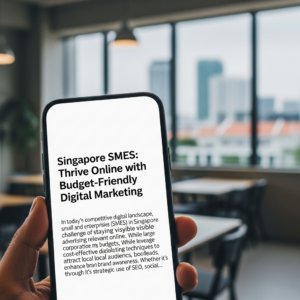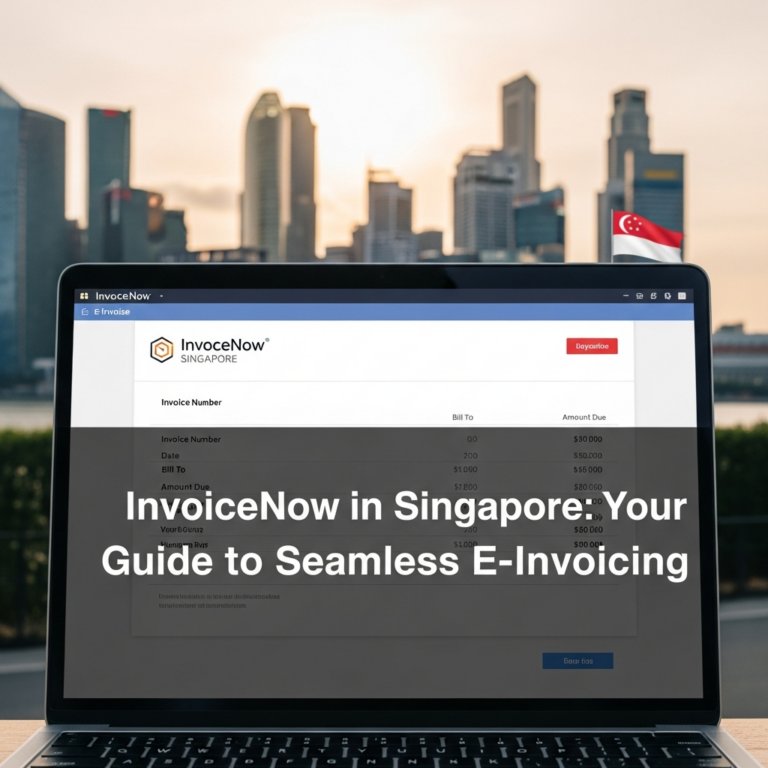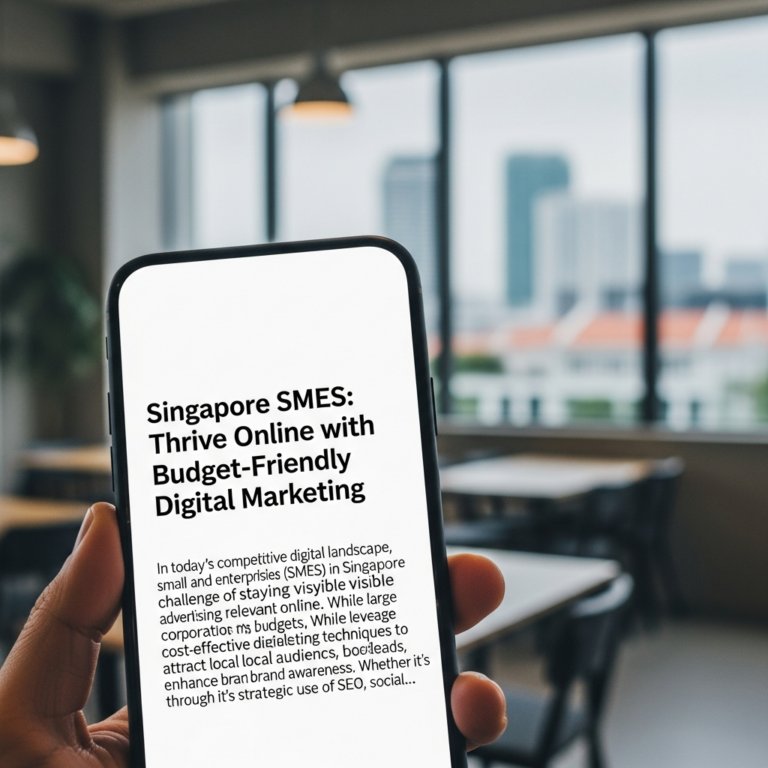
Not all that glitters is gold…
Don’t be distracted by all the shiny new tools that you might find online. Yup, the trusty old website? It’s still an integral part of many a digital marketer’s arsenal…
Think of it as home base, a sturdy anchor that can help you effectively acquire, engage with and retain your customer base.
In an age where social media seems to be gobbling everything up, you should think twice about being tempted to ignore your website. When all your other digital assets lead to it (along with your spiffy own domain name), you can establish yourself as a legitamate brand, increasing authority, loyalty and a whole lot more!
Designing/developing a great website can come with a whole lot of factors you might want to take into consideration, one of the most crucial (and often overlooked) of which is user experience design.
Give your visitors an experience that’ll make them want to come back, to stand on the rooftops and shout about to the world!
Prompt them to take action and make it as immersive as soaking in the ocean on a clear day.
User experience can be what sets your brand apart from the rest and gives your visitors that final push towards conversion (instead of bounce-land).
Here are some thoughts about things to pay attention to when turning your website from “meh” to “Whoa!”
Optimise your loading speed
You might have ‘been there, done that’ as well. One of the most frustrating things (aside from watching 3 whole seasons of a Netflix series only to find out that it’s been discontinued, Arrghh!) is when you head over to a website and it takes way, way, way too long to load. In case you didn’t know, mobile devices have risen up to be an unmistakable way in which people across the globe access content online. By utilising many different platforms and browsing through search engines, they stay up-to-date on the things they care about wherever they are whether at home or at the nearest Starbucks. Far from the days of those noisy (but maybe somewhat nostalgic) dial-up modems, today’s surfers expect super-speed loading times and you best believe that they’ll bounce if they don’t get it.
An extra five seconds of page load time can increase your website’s “bounce rate” by more than 20%, according to Section.io. Yeah, the truth can be a brutal thing but instead of letting it demoralise you, it should serve as a wake-up call. Check your speed!
Google offers a free service that evaluates information on your page speed and offers some suggestions for improving your load time. Go get your scores checked!
Another great trick is to compress all your images before loading them onto your website. It’ll improve your page speed by a surprising amount. Newsflash: image file size is one of the leading causes of slow page speed so it’s high time you got that fixed.
Capitalise on that scroll function
For the most part, users tend to scroll down a webpage as long there is a clear indication to do so. You might want to make sure that your users know additional, relevant information lies below the fold.
How can you do that? Well, for one, your website should always provide a strong visual indication of the direction of scrolling (some sites scroll horizontally while most others scroll vertically). Clarify the position where extra content is available and that your users should scroll to.
Another thing you’ll want to realise is this; the longer a website/webpage is, the less likely someone is to scroll down to the bottom so if this behavioural trait is anything to go by, you should design your site in a way that it’s either not too long or have content of lesser priority at the bottom if it is going to (or just has to) be long.
Play with contrast and colour
Some of the most powerful visual cues can be achieved when you find the perfect balance between contrast and colour. This can be done in many ways but keep a few things in mind. As a rule of thumb, bringing warm, bright colours to the forefront of your pages and pushing cold, dark colours to the background can help create a more complex and compelling visual effect.
Make sure you don’t use the colour blue for any text on websites other than links (unless you want to possibly confuse your users/visitors).
You might also want to consider designing for colour blind users (since a fair number of people might have such an issue). Convert your designs to grayscale to help all users read important info and not missed out on anything. Be aware of the screen glare that could render your website unusable and check your website’s design on all devices before resuming.
Call to actions are also pretty crucial when it comes to colour. If you want to emphasise on your CTAs, reserve a colour for them and don’t use them anywhere else.
Maintain page responsiveness
Mobile is the way forward, and those that don’t adapt to this are seriously painting themselves into a corner. Meet your mobile users/visitors head on and understand that it’s fast becoming imperative that your website has to be mobile-friendly and responsive to the screen sizes of various types of devices. Easy navigation and simple/straightforward user interfaces are all things you should be thinking about. In fact, Google has started to penalise sites that aren’t optimised for mobile devices! Use one of the many free online tools to check whether your website is ready for the mobile revolution…
*We are a UX-focused team of developers and designers. Our goal is making our products understandable at any level. The result is web and mobile applications that take minutes to learn and are easy to implement in any company, big or small. Find out more about Soda In Mind here














